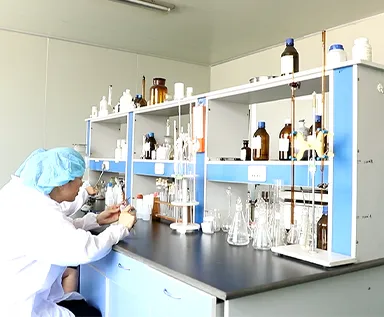medicine bottle
The Significance of Medicine Bottles in Healthcare
Medicine bottles, those unassuming vessels that hold our prescriptions and over-the-counter remedies, play a crucial role in the healthcare system. While often overlooked, these containers serve far more than just a practical function. They embody a multifaceted array of attributes that contribute to patient safety, pharmaceutical efficacy, and overall public health. In this article, we will delve into the significance of medicine bottles, exploring their design, the importance of labeling, and their role in medication adherence.
Design and Functionality
The design of medicine bottles has evolved significantly over the years. Initially made from glass, contemporary medicine bottles often utilize high-density polyethylene (HDPE) or other plastics due to their durability, light weight, and lower risk of breakage. The design of these bottles is not merely aesthetic; it is intentional to ensure that the contents remain uncontaminated and secure. Features such as child-resistant caps and tamper-proof seals are integral to enhancing safety, preventing accidental ingestion by children, and ensuring the medications have not been tampered with before reaching the consumer.
Moreover, the size and shape of medicine bottles are standardized to facilitate storage and transportation. Pharmacies implement uniform sizes to fit neatly on their shelves, making it easier for pharmacists to dispense and manage inventory. This standardization is essential for both pharmacists and patients, simplifying the process of finding and identifying medications.
Importance of Labeling
The labeling on medicine bottles is critical for patient safety and effective treatment. Each label typically includes essential information such as the patient's name, medication name, dosage instructions, expiration date, and potential side effects. This data is vital, as incorrect dosages or misunderstandings regarding medication schedules can lead to serious health complications.
One particular aspect of labeling that deserves emphasis is the inclusion of visual symbols and braille. For patients with visual impairments, braille can provide necessary information on their medications, while symbols can communicate essential instructions across language barriers. This inclusivity is increasingly important in our multicultural societies, where many different languages are spoken, and health literacy levels can vary.
medicine bottle

Additionally, clear and concise labeling can promote awareness of potential drug interactions. Many patients are unaware of how various medications can affect one another, so informative labeling can serve as a first line of defense in preventing adverse effects. For instance, a label that warns against taking a new medication alongside a previously prescribed one can help patients make informed decisions about their health.
Medication Adherence
One of the most pressing issues in global healthcare is medication adherence. It is estimated that nearly 50% of patients do not take their medications as prescribed, leading to higher rates of hospitalizations and increased healthcare costs. The role of medicine bottles in enhancing adherence cannot be underestimated.
Innovative designs are emerging to tackle the adherence problem. Some bottles feature built-in electronic reminders that alert patients when it’s time to take their medication. Others have compartments for daily doses, making it easier for patients to keep track of their medications. By simplifying the process of managing medications, these innovative bottles can significantly increase the likelihood that patients will comply with their prescribed treatment regimens.
Sustainability Considerations
As awareness of environmental issues grows, the pharmaceutical industry is also acknowledging the need for sustainable practices. Traditional medicine bottles, particularly those made from plastics, pose significant challenges for waste management. Some companies are now exploring biodegradable materials and refillable container systems to reduce environmental footprints. This shift not only addresses ecological concerns but also meets the increasing consumer demand for sustainable products.
Conclusion
In conclusion, medicine bottles are fundamental components of the healthcare system, embodying both safety and practicality. Their evolving design, critical labeling information, contributions to medication adherence, and considerations for sustainability highlight their importance far beyond their utilitarian purpose. As we continue to navigate the complexities of modern healthcare, it is essential to recognize the role that these bottles play in promoting patient safety, enhancing health outcomes, and supporting environmental sustainability. Understanding and appreciating the significance of medicine bottles can encourage us all to take greater responsibility for our health and the environment. In a world that is increasingly interconnected, the implications of a simple bottle resonate on multiple levels, reminding us that healthcare is not just about medications but the systems that support their safe and effective use.
-
Aesthetic Makeup Spray Bottles | Fine Mist Empty RefillableNewsAug.19,2025
-
White Plastic Veterinary Vaccine Vials | Lab Liquid BottlesNewsAug.18,2025
-
Plastic Medicine Liquid Bottle: Secure Flip Top Drug VialsNewsAug.17,2025
-
Durable 250ml Blue Plastic Vaccine Vial for Lab & Vet UseNewsAug.16,2025
-
Sterile Virus Sample Tubes: Secure & Reliable Specimen CollectionNewsAug.15,2025
-
White 250ml Plastic Vaccine Vial for Lab & Vet MedicineNewsAug.14,2025
























